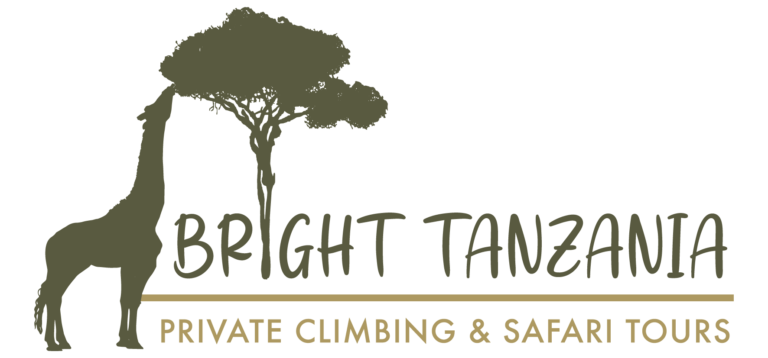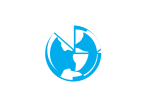TIPS AND MORE INFORMATION
Do you want to know what the best route is? Or how to prevent motion sickness? Read our tips below!
There are six different routes to the top of Kilimanjaro. The big difference between the routes is the number of days it takes, the crowds and the success rate. The best-known and most popular routes are the six-day Machame Route and the Marangu Route, also known as the Coca-Cola Route. We think the lesser known Northern Route is the best choice for the climb. It takes you a little longer with eight days, but that gives you more time to acclimatize. Moreover, the route is not very well known and therefore nice and quiet.
Altitude sickness is caused by a lack of oxygen at altitudes above 2500 meters. You get a headache, you feel nauseous and you lose your appetite. If you don’t take the symptoms seriously, the consequences can be fatal. There are a number of things you can do to prevent altitude sickness. It is important that you give your body time to get used to the altitude and the lack of oxygen. By ascending slowly and sleeping lower than the highest point you have been to that day, you reduce the risk of altitude sickness. It is also important to drink plenty of water. Your guide will regularly ask you about your health during the walk. It is important that you are honest about this so that he can advise you when the first symptoms appear. Minor complaints can disappear again.
You may experience the symptoms of altitude sickness. That doesn’t mean you can’t finish the walk by definition. Mild headache or loss of appetite may pass. It depends on the severity of the complaint what the next step is. That is why it is important that you are always honest about your physical condition with your guide. He can estimate what needs to be done to make you feel better. In case the complaints get worse, he can decide to break off the walk. This is for your own safety and that of your team members. When you are with two or more walkers, it is possible that the rest of the group will continue. You then go back down with your own guide and porter. There are evacuation routes, so you can get down quickly.
People who are fit and healthy have the greatest chance of reaching the top. So it’s smart to work on your fitness at home. The best way to prepare is to walk a lot. Carry the backpack that you also take with you during the Kilimanjaro trekking.
The weather is an important factor in getting to the top. With a lot of rain, the climb of Kilimanjaro is a lot harder. That is why it is important to choose the right period for the climb. From mid-January to mid-March is a good period with only a 50% chance of rain, fog and drizzle. Moreover, it is not very cold at the top during that period. Mid March to the end of May is the worst time of the year. Then it rains a lot and you have no view because of dense fog. June and July are also good months, although it can be very cold on the mountain. In August there is little rain and it is often clear. From mid-October to mid-January the weather is changeable and there is a greater chance of rain, fog, drizzle and snow. The weather on the mountain is unpredictable and can therefore differ from what is stated here.
Everyone who climbs Kilimanjaro is required to have a guide. You can’t get lost on the mountain, but a lot of other things can go wrong. The guides we work with are well trained, fluent in English and have a lot of experience. They tell you about the area and prepare you for the next day. They recognize the symptoms of altitude sickness, give advice and intervene if necessary. It is important that you communicate well with your guide and always listen to him.
When climbing Kilimanjaro you will be assisted by a whole team of porters and cooks. They carry all the luggage needed during the trek: tents, food, cooking equipment, clothing. When you start the walk after breakfast, the porters will clear the camp. They will catch you up and set up the next camp before you arrive. Such a luxury!
On Kilimanjaro you sleep in two-person tents with enough space for your luggage. You sleep on a thin mattress in your own sleeping bag. The porters set up your tent and pack it up again.
Simple squat toilets are available in the camps. They are cleaned regularly, but can be very smelly. Bring your own toilet paper and wash your hands afterwards with disinfectant.
There are no showers on the mountain. One of the porters will bring you a basin of warm water every morning and afternoon so that you can wash yourself. Some hikers like to take moist wipes with them. One thing is certain: you will thoroughly enjoy the first shower after your ascent.
When you book the Kilimanjaro climb through us, we will send you all the information you need to prepare well. Our travel experts have an extensive packing list that you will receive well in advance. On the day before the trek, your personal guide will drop by to discuss the route and check that you have all the clothes and gear needed for the trek. If something is missing, you still have enough time to purchase it in Moshi.
In Moshi you can rent but also buy all the gear for your trek. But bear in mind that this is very expensive, since all the material is imported from far away. Don’t have your own (ski) equipment in the closet? Then we recommend asking around whether you can borrow clothing and equipment from family and friends who practice a winter or outdoor sport.
You cannot charge your phone and camera in the camps. So bring enough extra batteries for your camera and a power bank if you want to charge your phone. You have no coverage on the mountain.
The cooks will provide all three meals and snacks along the way throughout the hike. They have learned to cook for the Western taste buds: spaghetti with a rich tomato sauce, all kinds of soup, toasted sandwiches, curry with rice and baked potatoes. The chef can take dietary requirements into account and cooks vegetarian or even vegan meals with just as much love.






